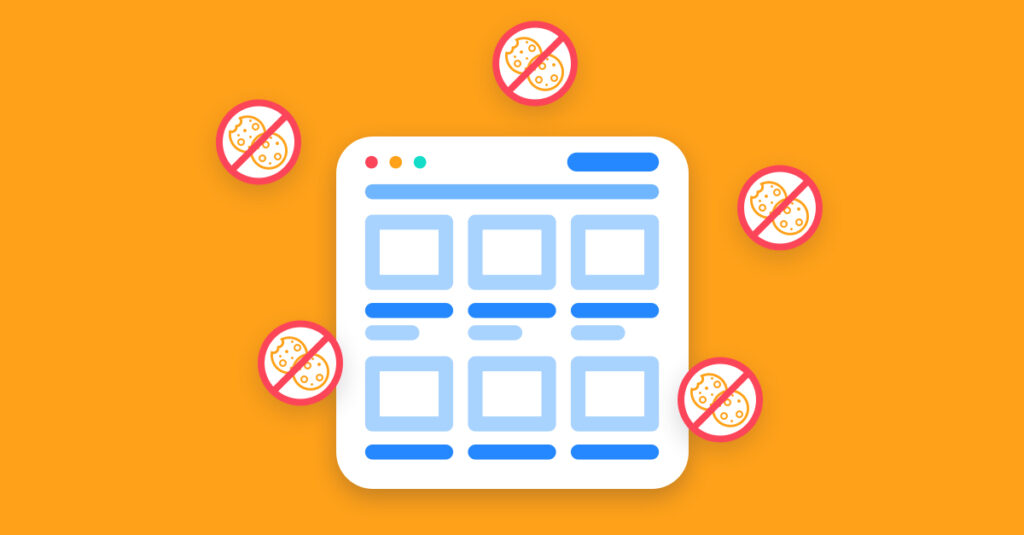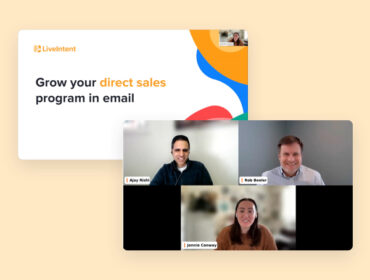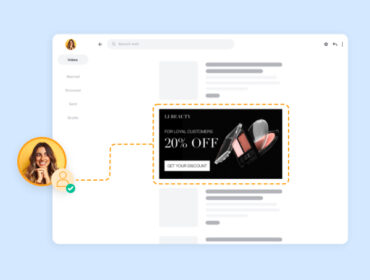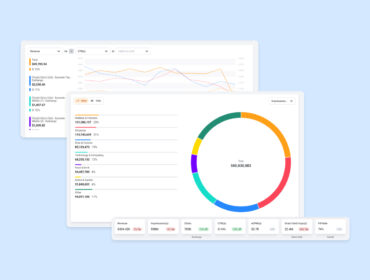What publisher survival entails in a world without third-party cookies

In a recent post for AdExchanger, LiveIntent CMO Kerel Cooper recalled how publishers learned an important lesson within the last few years: that they need to diversify their marketing and revenue streams to survive.
Even before the pandemic, many publishers found themselves treading water after trusting Facebook to drive all their traffic. Once they realized the social giant manipulated their reach and owned their audience data, they were back at square one.
Channel diversification could’ve saved them, like its saved publishers struggling with today’s challenges – and those to come – like inevitable changes in consumer behavior, decreased ad revenue, and the death of the third-party cookie.
Here’s how.
Invest in direct-to-consumer channels like email
Email has become increasingly critical to business success. Publishers can use it to reach audiences directly with personalized and relevant content. In the process, they can gather first-party data in the form of the email address, which is essentially a passport to users’ experiences across the web – they use it to log into everything from streaming and social platforms to eCommerce marketplaces and other publisher sites.
As Cooper noted, Axios even created an HBO documentary series based on its email newsletters’ success, which covers politics, technology, and business. Together, the series and newsletter helped Axios expand its audience and enjoy even more channel diversification.
“Using the email address, built through the newsletter, as a through-line helped Axios span its show across devices, channels, and platforms,” Cooper wrote. “It let Axios control the outreach for distribution of their video content on YouTube and the like. By simply onboarding that CRM data, Axios was able to reach their email subscribers, and people who looked like their email subscribers, in arenas where they might watch videos.”
Test to see what works best
Publishers can find innovative channels for diversification by testing new ideas and analyzing which work best. Many are experimenting with virtual events, for example, like The New York Times with its happy hours and The Wall Street Journal digitizing its Future of Everything Festival.
Alternatively, some publishers are creating their own product lines, starting wine clubs, and launching podcasts. Just look at publisher Morning Brew, which complemented its suite of successful email newsletters with a podcast for modern business leaders, complete with expanded opportunities for advertisers.
As Morning Brew head of partnerships Jason Schulweis told us, “Email and podcasting as channels are very direct – those are native apps on your phone, and they’re effectively your homepages and interfaces for most of the day. That direct relationship is very easily translatable to a lot of the brands that we work with.”
Don’t force it to happen all at once
Rome wasn’t built overnight, and channels weren’t diversified in a day. It takes time to experiment with new platforms, gather performance metrics, and optimize strategies. What’s most important is that publishers understand the need for channel diversification and start taking steps to make it happen.
Try building an email newsletter, pull back a bit on social, and test a new avenue where you know there’s some audience interest. It’s not about striking gold every time. It’s about having a stake in multiple channels, giving you a greater chance of reaching consumers, and making it out okay if one of those channels should falter.
Put simply, channel diversification is about girding your future and preparing for the unexpected, so you’ll have a varied and direct connection to your audience no matter what might happen.


